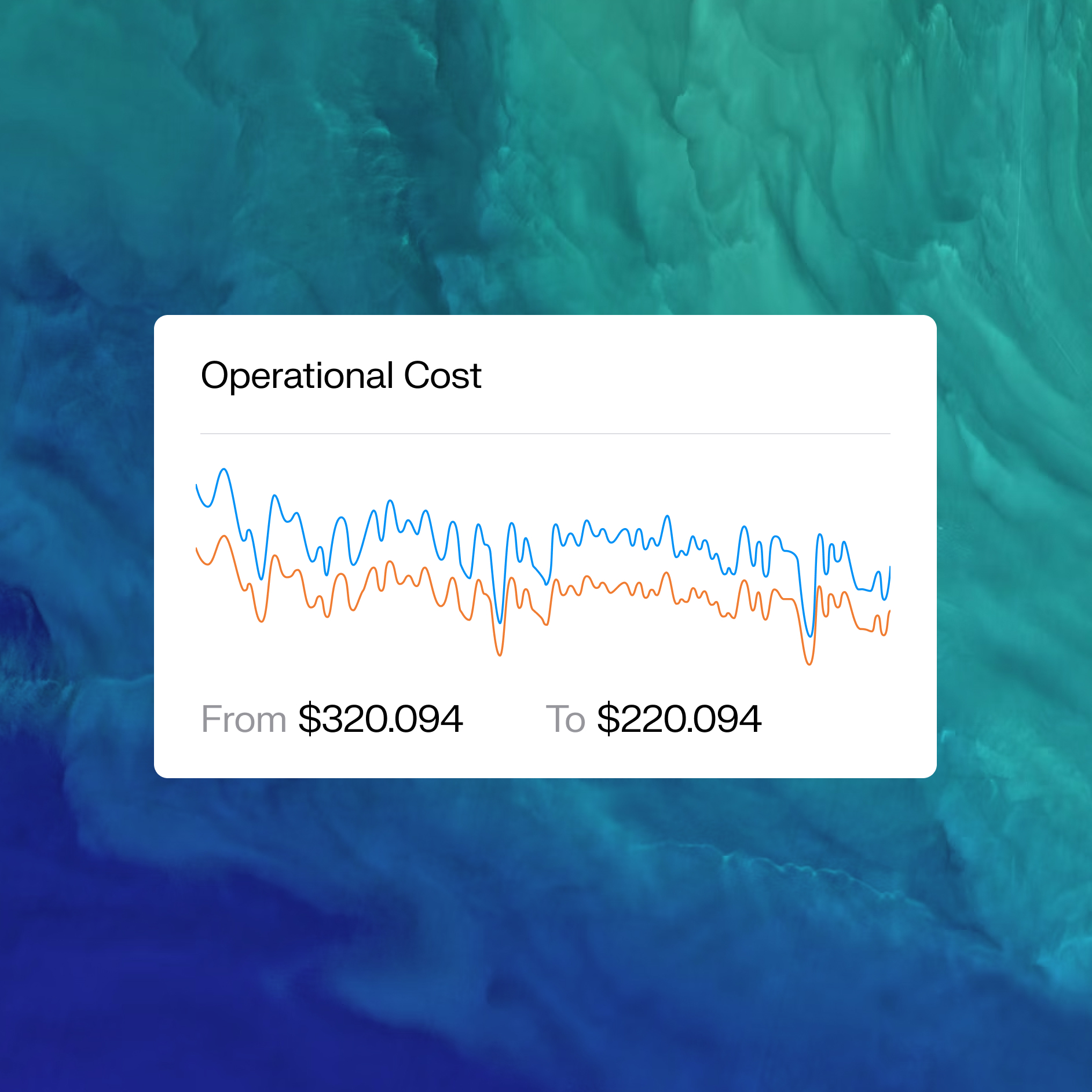International Comparisons of Levy Mechanisms
The UK is not alone in applying levies. Examples from other countries include:
-
Germany: Historically applied the EEG surcharge to support renewable expansion. At its peak, this levy significantly raised industrial power prices, prompting complaints from energy-intensive sectors. In 2022, Germany eliminated the surcharge to ease the cost burden and improve competitiveness.
-
France: Applies the CSPE levy to fund renewable support schemes and social tariffs. Businesses frequently debate its impact on industrial competitiveness.
-
United States: Levies take a more fragmented form at the state level, including system benefits charges, nuclear decommissioning surcharges, and grid modernization fees.
-
Japan: Applies a renewable energy surcharge linked to its feed-in tariff system, which has steadily risen in recent years and is now a notable burden on both households and corporates.
Across these markets, the common pattern is clear: levies are politically useful financing tools but spark recurring debates on cost distribution and economic impacts.
Corporate Procurement Strategies and Scope 2 Pressures
As levies increase electricity prices, corporates face stronger incentives to manage Scope 2 emissions through proactive procurement. On-site generation is increasingly attractive, especially solar rooftops paired with battery systems that reduce dependence on grid electricity. Corporate renewable PPAs have expanded rapidly across Europe, North America, and Asia, offering a hedge against rising levy-driven costs while also contributing to net zero commitments. Demand-side response, efficiency investments, and new procurement models allow companies to maintain competitiveness despite policy-induced price pressures. However, trade-offs remain. Levies finance infrastructure that underpins reliable power supply such as nuclear capacity or grid investments, even if businesses seek to bypass them through direct renewable procurement. This raises questions about fairness, cost allocation, and long-term system resilience.







